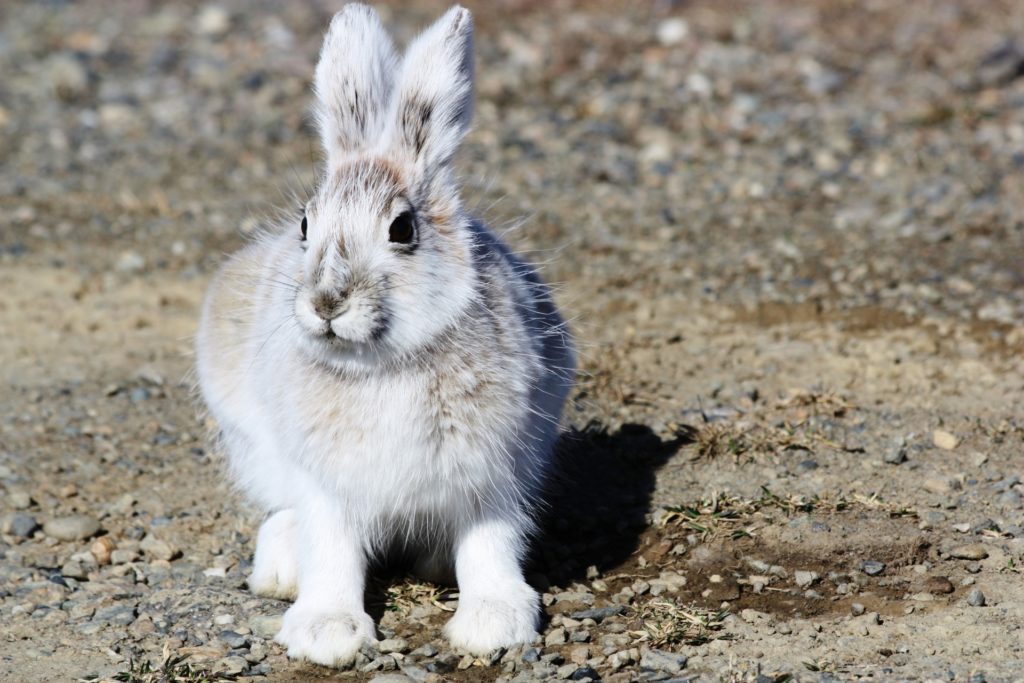If you are a gardener, you might be excited by the potential for an early melt and a longer growing season this year, given the thin snow cover here in Cape Elizabeth. If you are a XC skier on the other hand, this winter has been a pretty big letdown, at least here on the coast.
Like humans, animal populations respond in different ways to anomalous winter weather. This winter has been on track in terms of total precipitation, and only a bit warmer than normal, but the swings between warm and cold spells have meant an unusual number of days above freezing and limited snow cover, especially in sunny areas.
All of that adds up to good news, if you’re an animal who forages in the winter. White-tailed deer (Odocoileus virginianus), birds, and others all benefit from easier access to potential food sources. Grey squirrels (Sciurus carolinensis) and chipmunks (Tamias striatus) in particular stand to benefit from the combination of easy ground access, abundance from last year’s “mast year” acorn production, and warm weather that allows for longer spells spent outside the burrow.
Those warm days are also good news for many insect populations. Most insects go into dormancy for the winter, hidden beneath tree bark or underground, since they are incapable of producing their own heat. More days above freezing means more opportunities to get out in search of food, water, or even a mate.

Unfortunately, it’s not all good news for animals. Animals that rely on cold, snowy winters are at risk. Snowshoe hare (Lapus americanus), normally well camouflaged in their winter coats, become easy targets for predatory foxes (Vulpes vulpes and Urocyon cinereoargenteus), coyotes (Canis latrans), and bobcats (Lynx rufus). Certain terrestrial amphibians, including the spring peeper (Pseudacris crucifer), rely on snow pack for additional insulation as they hibernate under moss, rocks, and soil. Mid-winter warm spells can awaken bees (family Apidae) colonies for spring, causing them to burn precious energy before the return of cold weather forces them back into dormancy.
Perhaps the biggest loser of all is Maine’s largest terrestrial mammal: the Eastern moose (Alces alces). Winter days above freezing provide perfect questing weather for the winter tick (Dermacentor albipictus), which feeds on moose populations throughout North America. A recent study showed that this parasite alone played a role in nearly 90% of moose calf mortalities in NH and Maine over a three-year period. Some carcasses were found with over 90,000 ticks attached – enough to fatally cripple blood flow.
Of course, a couple more deer and a couple fewer hare is par for the course in nature, but as anomalous winters continue to occur more frequently, these effects could accumulate. For now, prepare for an abundance of squirrels this spring, and make sure to keep up the tick checks as weather begins to warm.
– Philip Mathieu, CELT Education Coordinator
